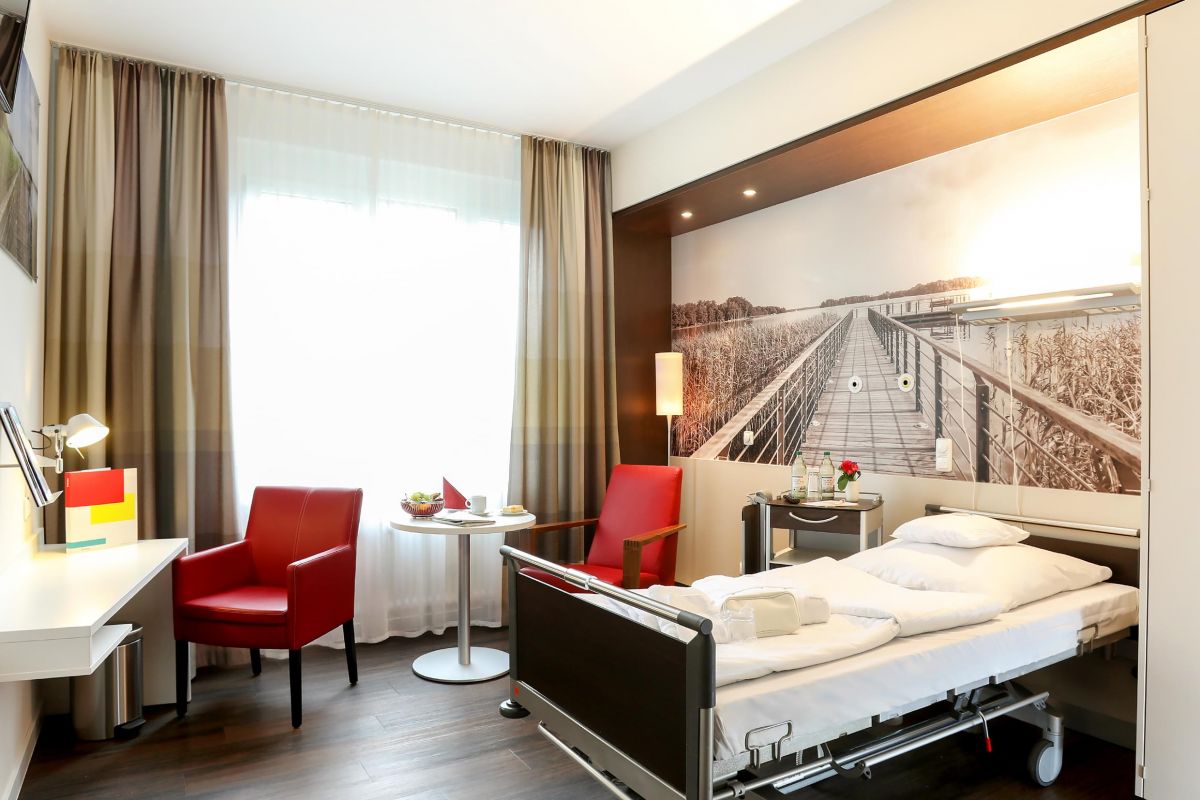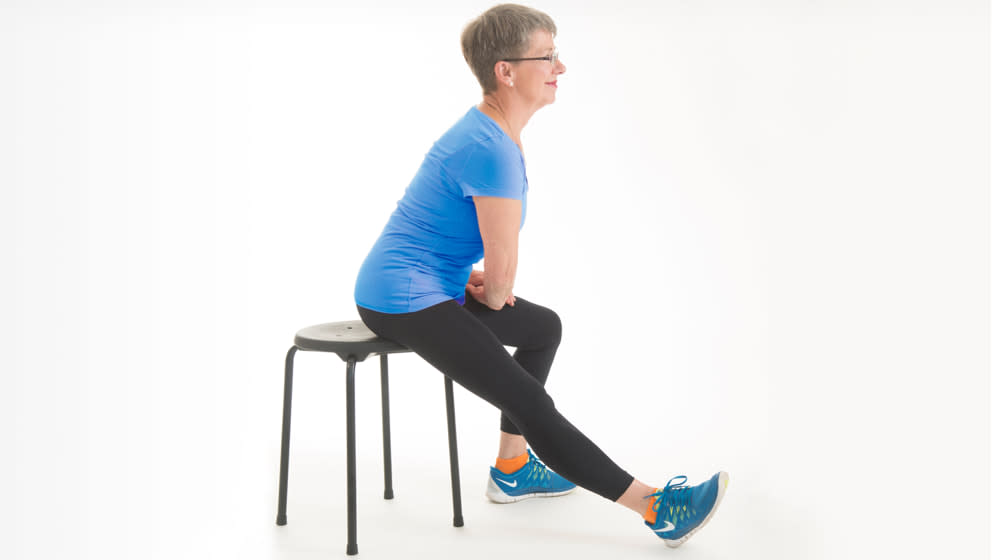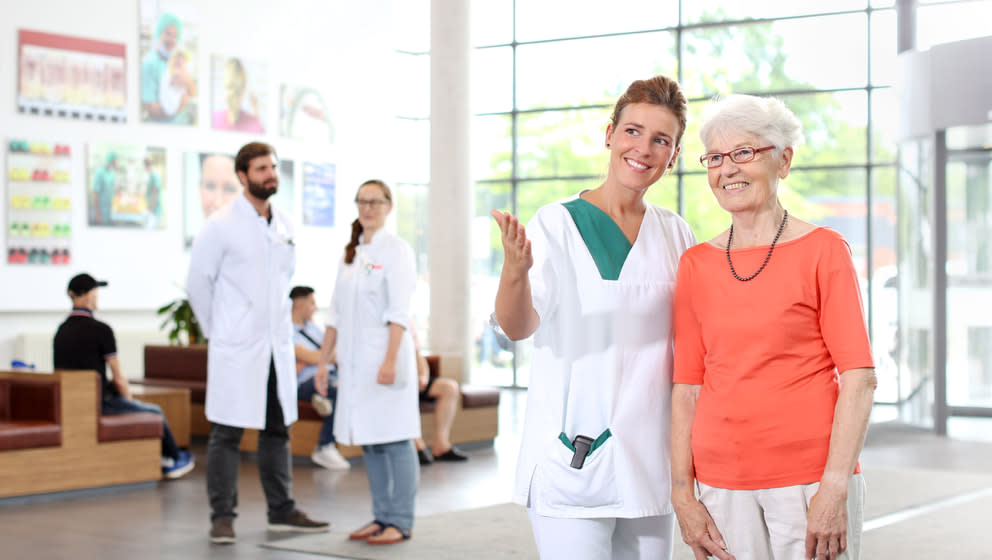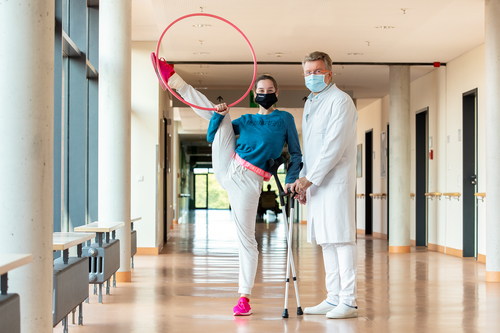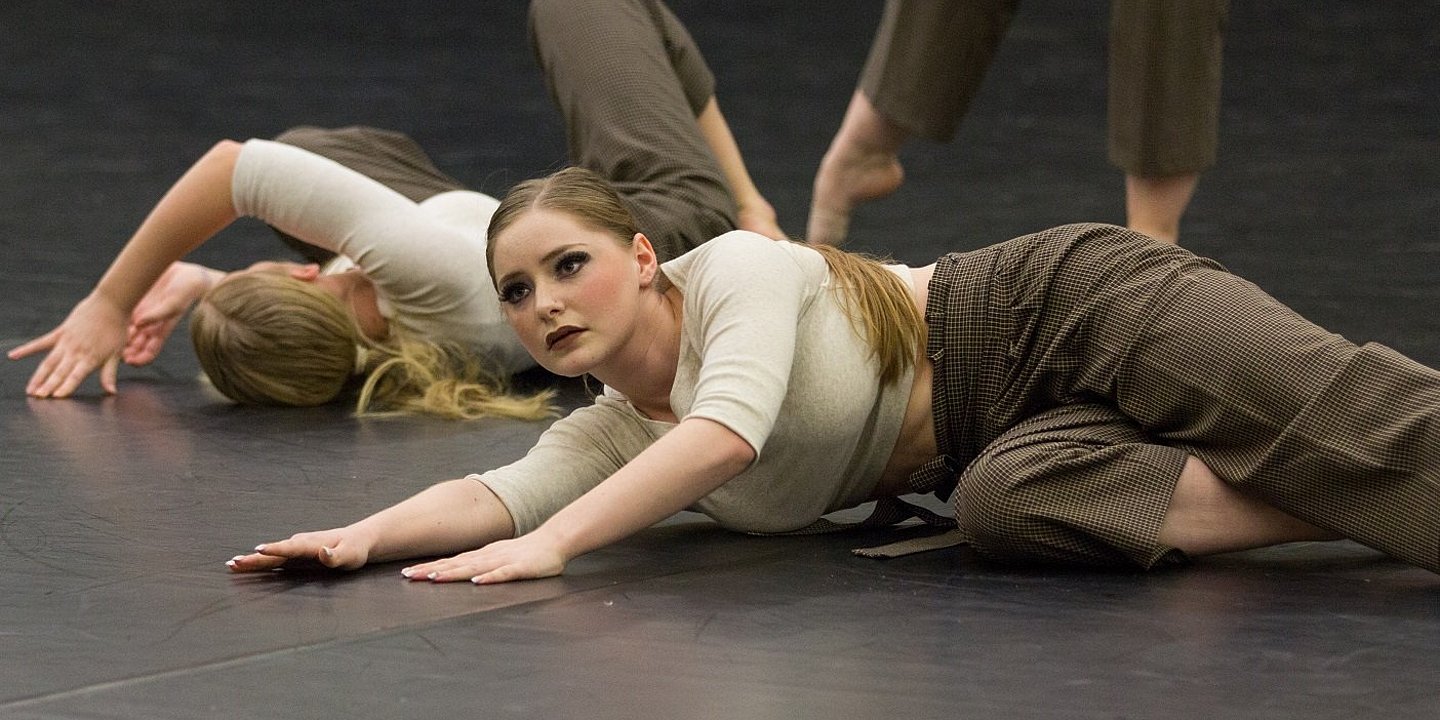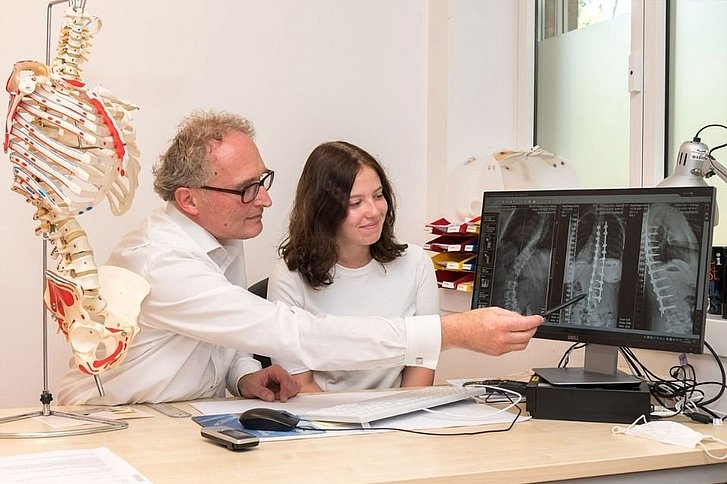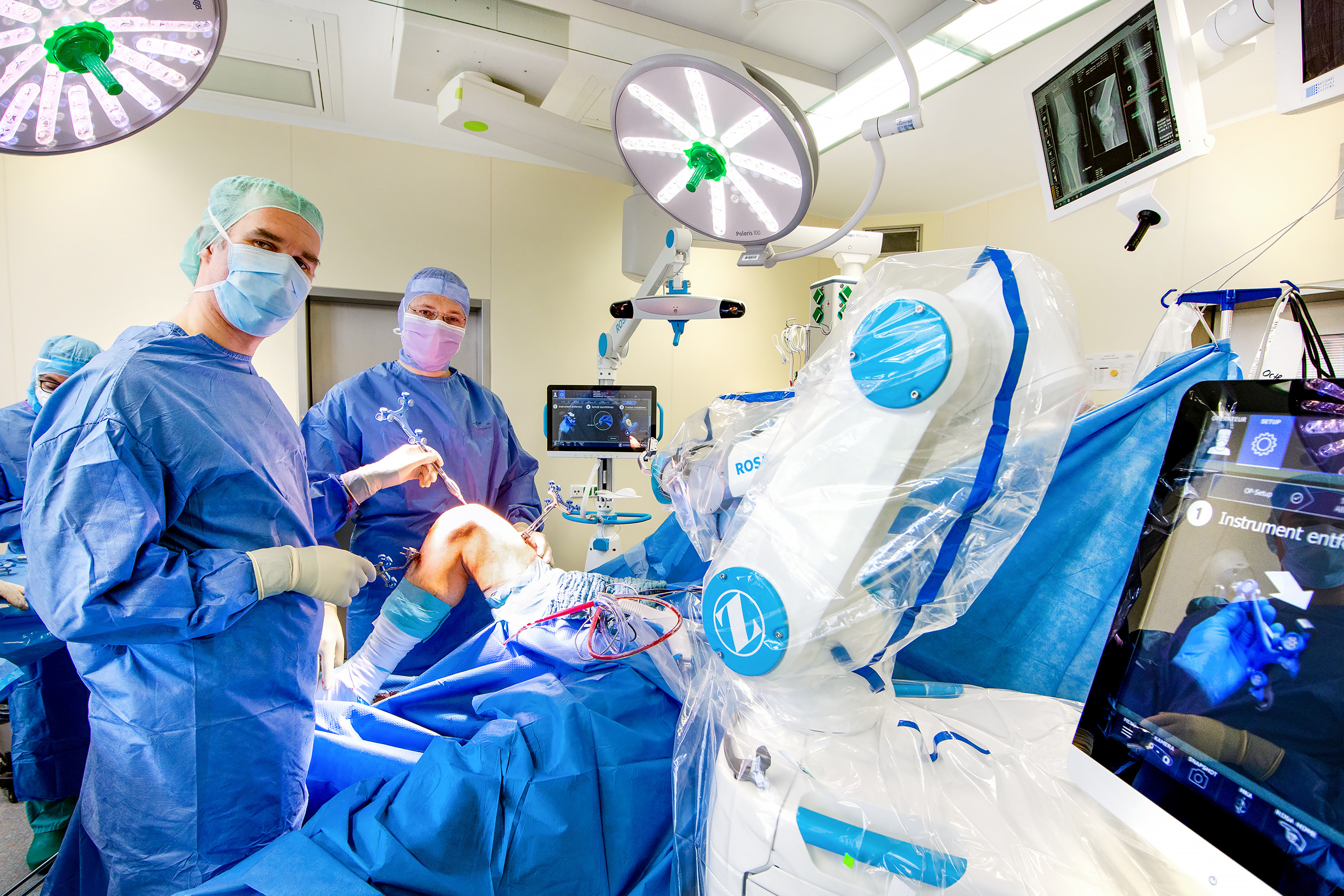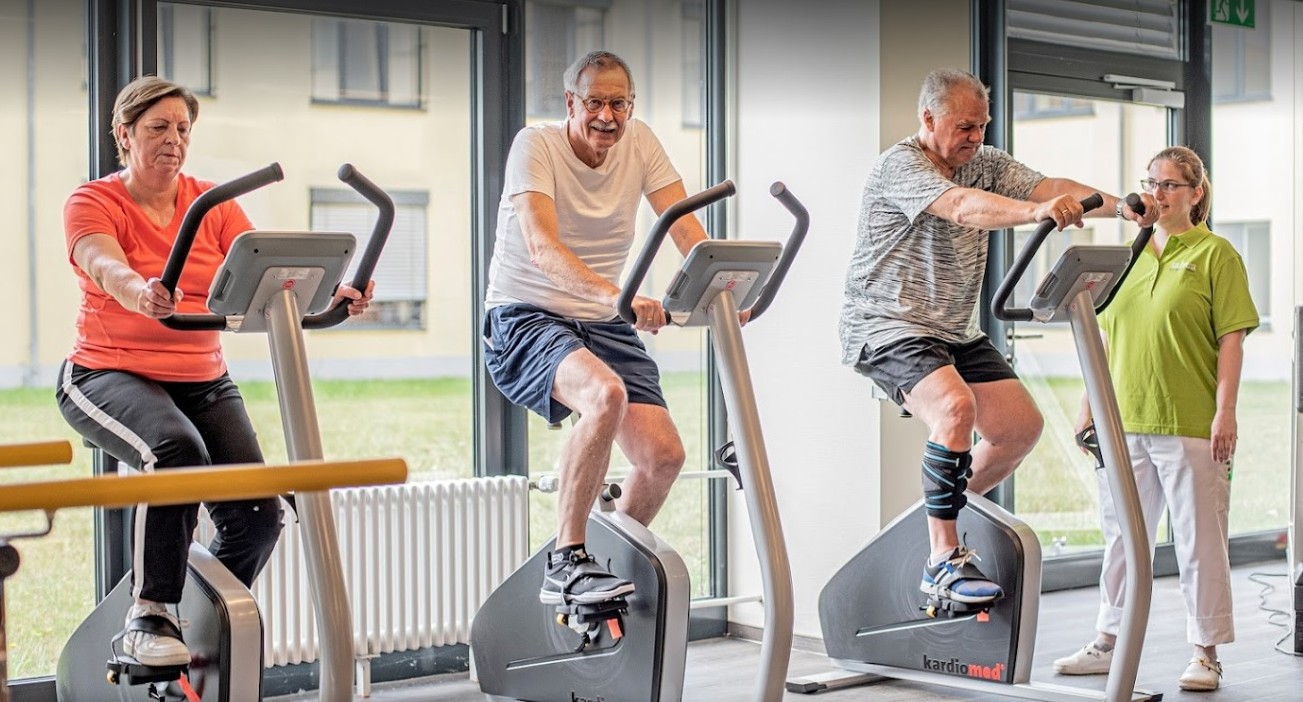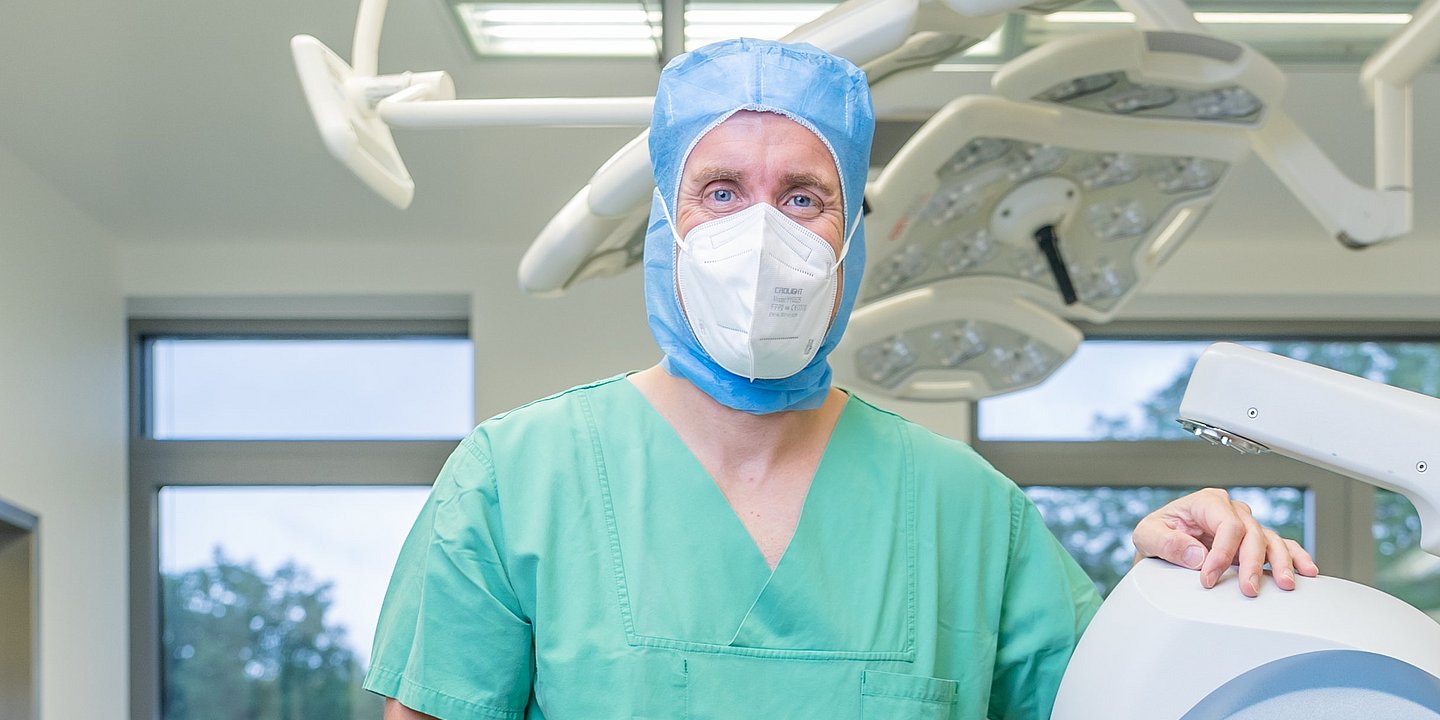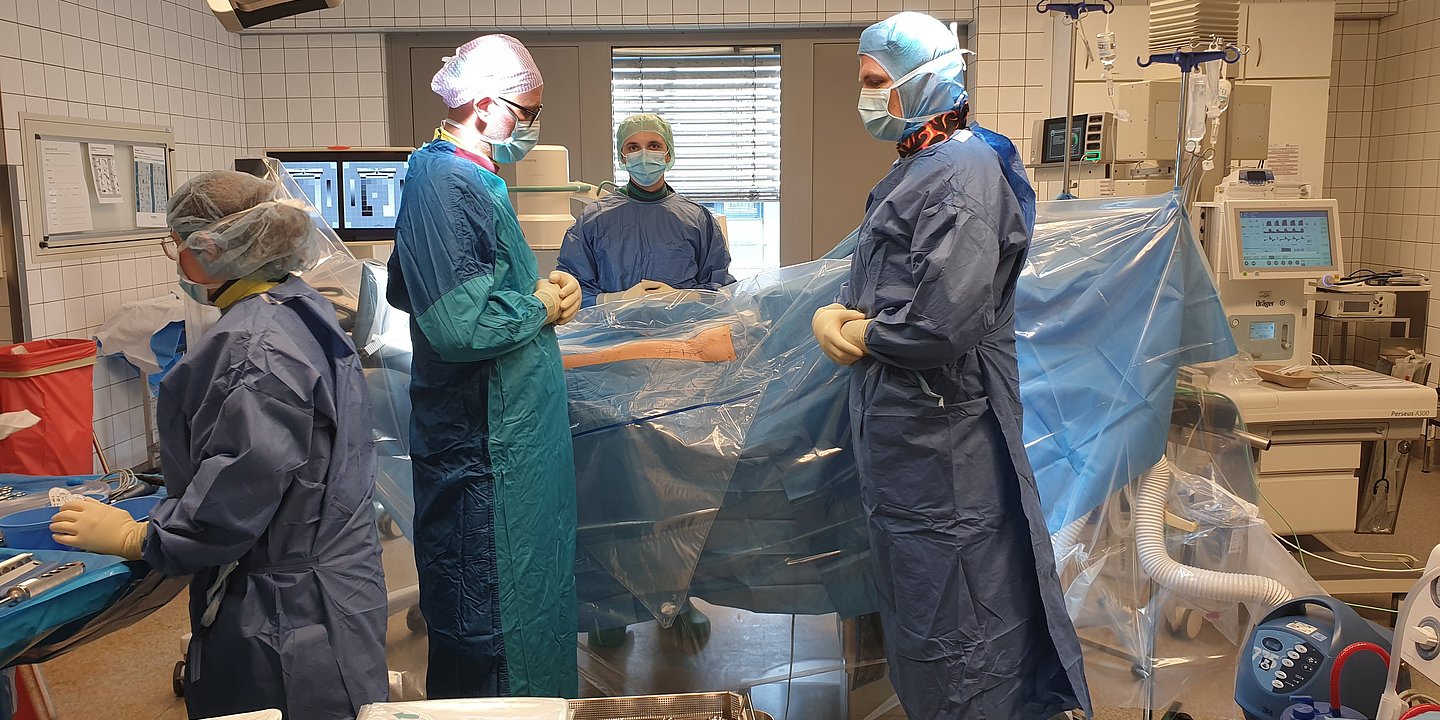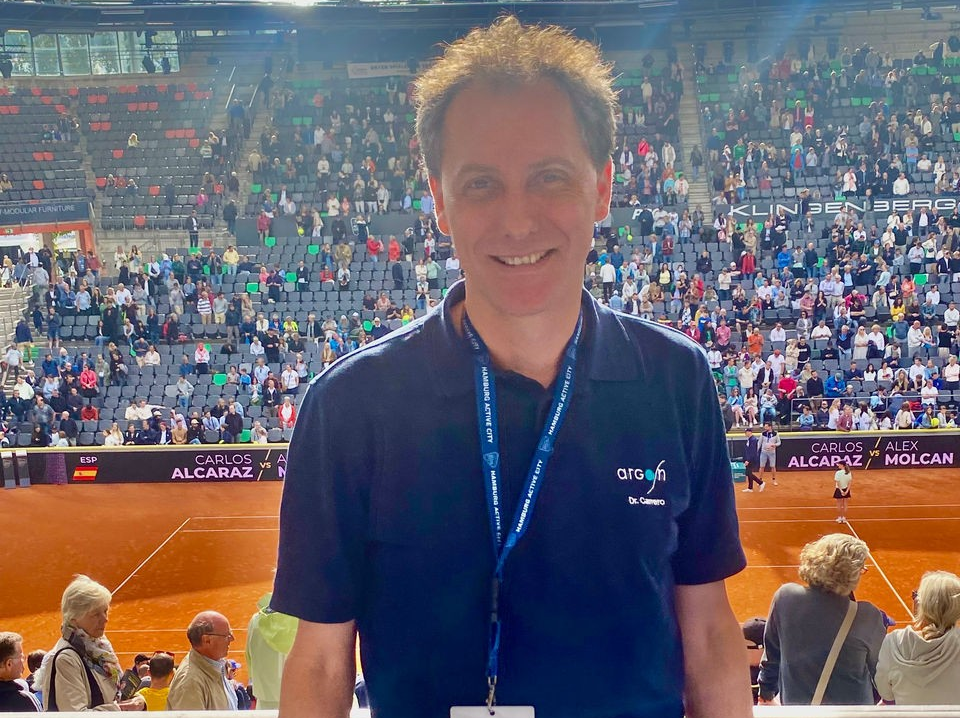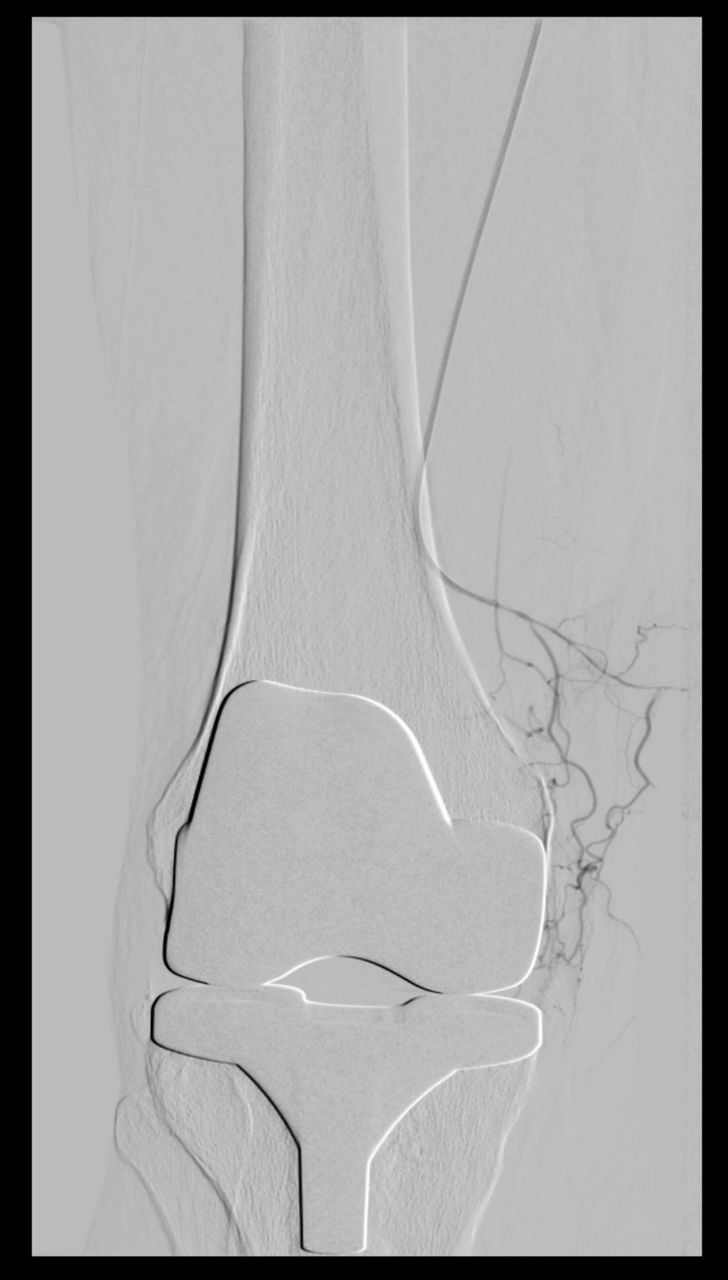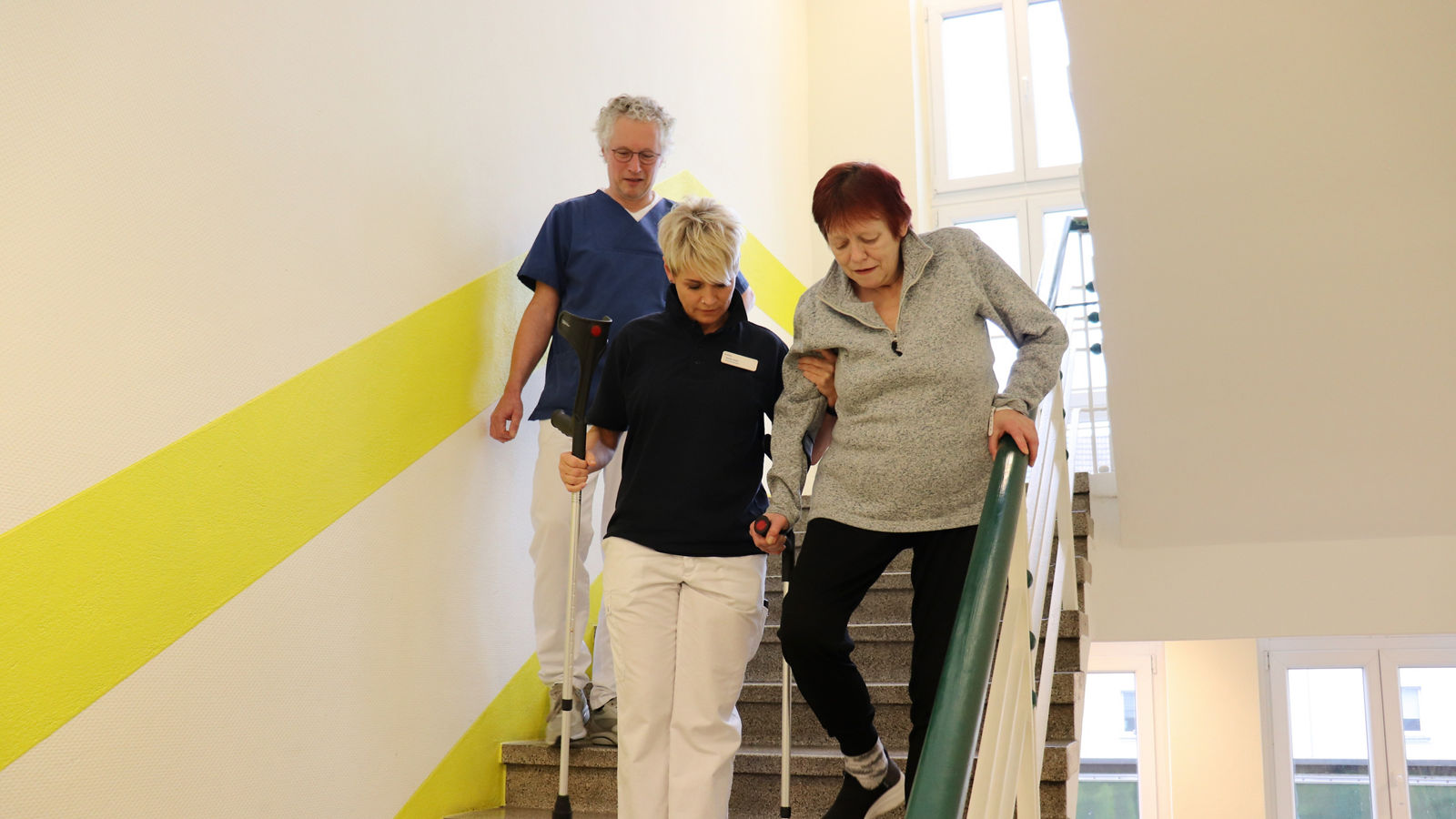
Ortho Fast Track recovery
With the accelerated recovery method, patients get up on their feet on the day of surgery, experience less pain, and spend less time in the hospital.
Prof. Dr. Thorsten Gehrke, Medical Director of the Helios ENDO-Clinic estimates that about 85 percent of patients can benefit from this method.
Old surgical methods involved a long healing process. With the active participation of the patient, the process can be shortened. Could you please tell us more about?
Our experience in the preoperative preparation of patients, the system of preliminary preparation of the patient for rehabilitation and immediate postoperative mobilization speaks for itself. We introduced these processes at the endoprosthetic clinic four years ago and were able to gradually reduce the average length of postoperative hospital stay from 7–8 days to 3–4 days. Along with the above-mentioned measures, special intra- and postoperative modifications of pain and anticoagulation therapy play an important role. The risk of many postoperative complications such as thrombosis, embolism, and infections can be significantly reduced with the accelerated recovery system.
What awaits patients who undergo surgery under this method?
"Rapid Recovery" means that after the operation the patient becomes self-sufficient again much faster. They can dress, get out of bed, go to the toilet and climb stairs without the help of others, therefore, they can get back to their daily life much earlier.
How exactly does this happen?
On the day of hospitalization, patients are encouraged to complete a training course. During this course, patients learn to walk on crutches – they are already well prepared for surgery, can get out of bed, and are better able to handle crutches. In most cases, we try to do without catheters. If possible, we do not use urinary catheters or drainage tubes that are quite uncomfortable. Effective pain therapy is also very important, since the less pain the patient experiences, the easier it is for them to carry out the program of mobilization exercises after surgery. The early mobilization takes place on the day of the operation. The first physical therapy sessions are held the day after the operation. From this moment on, the patient undergoes daily physiotherapy and mobilization training. If the recovery and wound healing are successful in the absence of complications, as early as on the fourth day after the operation, patients can be discharged home or referred to post-hospital rehabilitation. International standard – two to three days.
Which patient group is the accelerated recovery method suitable for?
Basically, according to the studies, almost every patient is eligible for the accelerated method. However, age, nutritional status/obesity, as well as a person's social status (single) play an important role. Multiple concomitant illnesses and history of diseases are also important here. This group covers 10 to 15 percent of our patients. They usually do not participate in the accelerated recovery system, but require a longer hospital stay.
PATIENT TRAINING
In addition to a large number of brochures and teaching aids, the Helios ENDO-Clinic offers patient training. At these courses, patients get acquainted with the rules of stay in the clinic and instructed for life with new joint prostheses. In addition, patient training courses enable patients to take an active part in overcoming their illness. The day before the planned operation, the nurses explain the further stages of their stay in the clinic in an hour-long group lesson.
At the same time, they answer questions about preparation for surgery, patient safety, pain therapy, and wound healing.
Read more:
-
Prof. Dr. med. Thorsten Gehrke
-
More about Helios ENDO-Klinik Hamburg
Do you need more information about Helios Hospitals or do you want to schedule your treatment?
Please contact our Helios International Office. We will gladly advise you!





